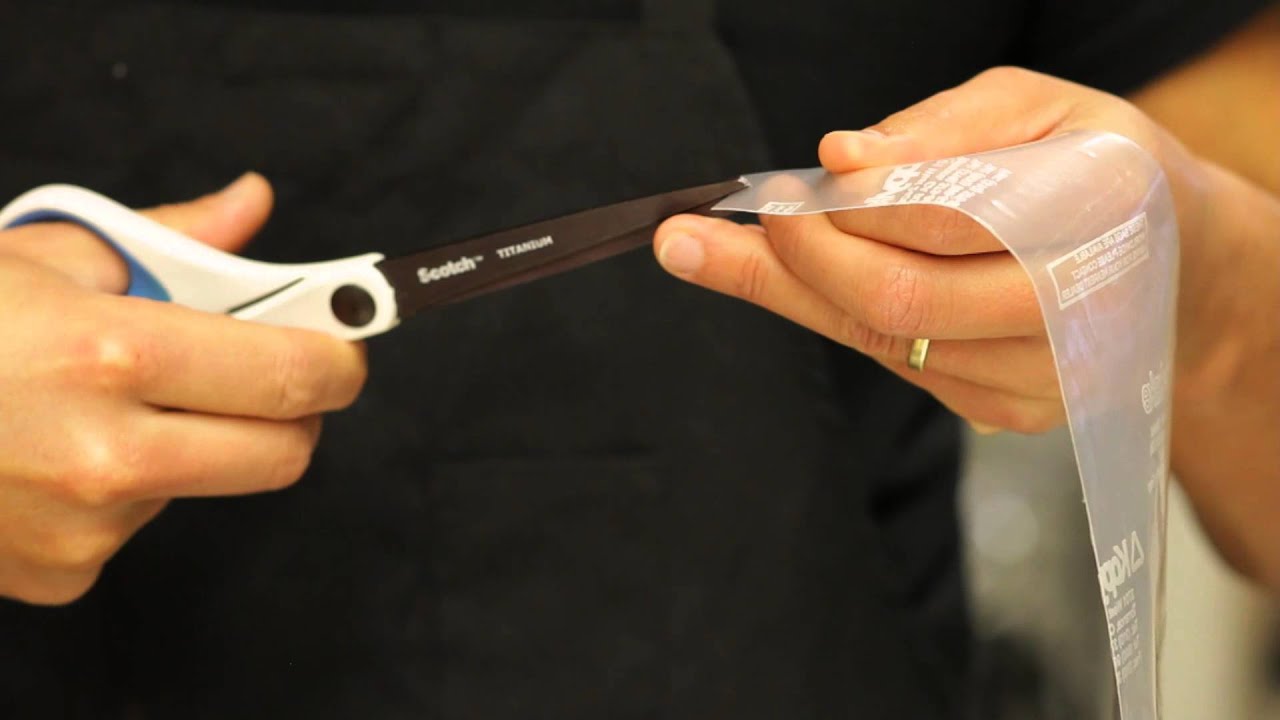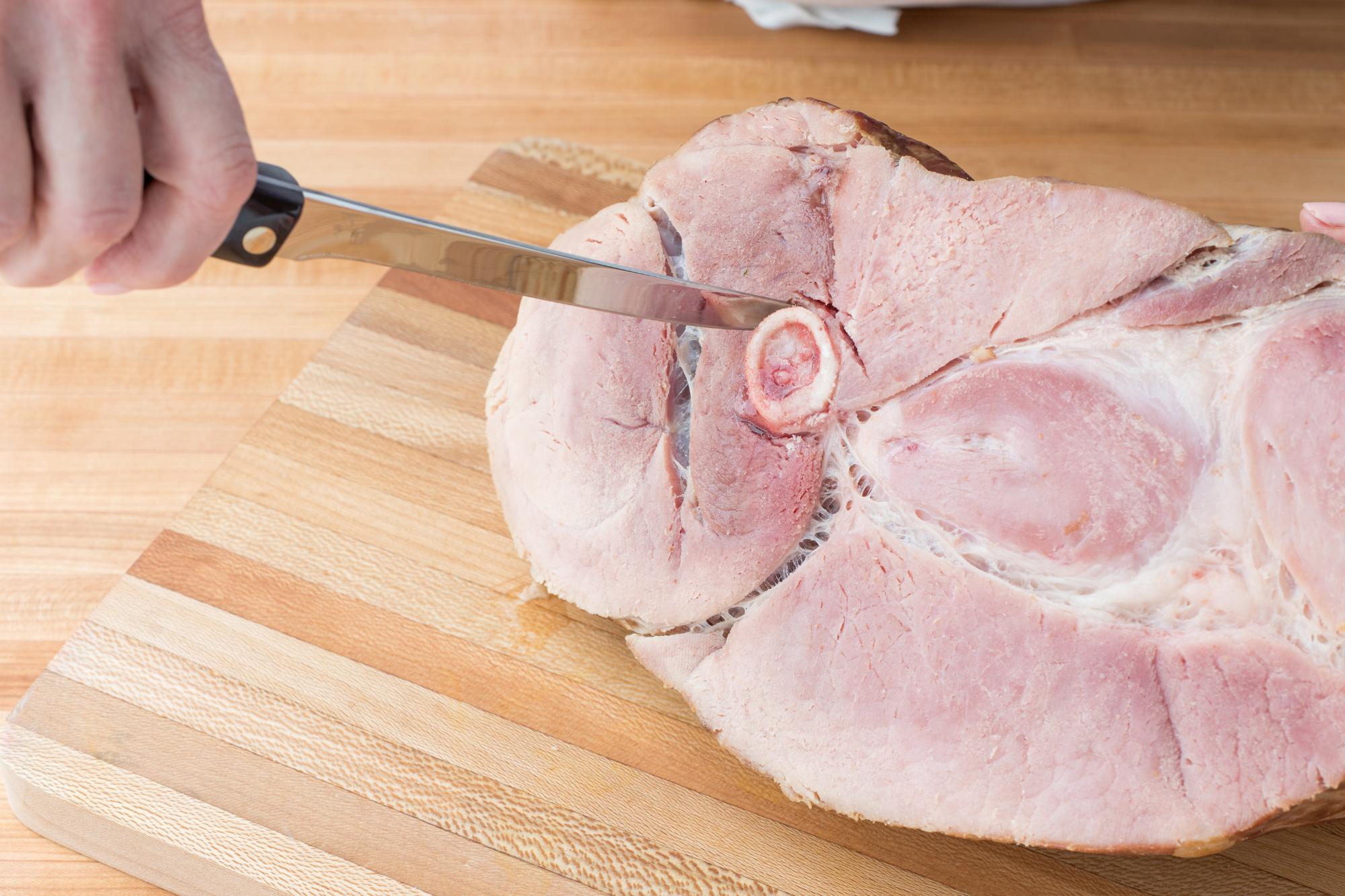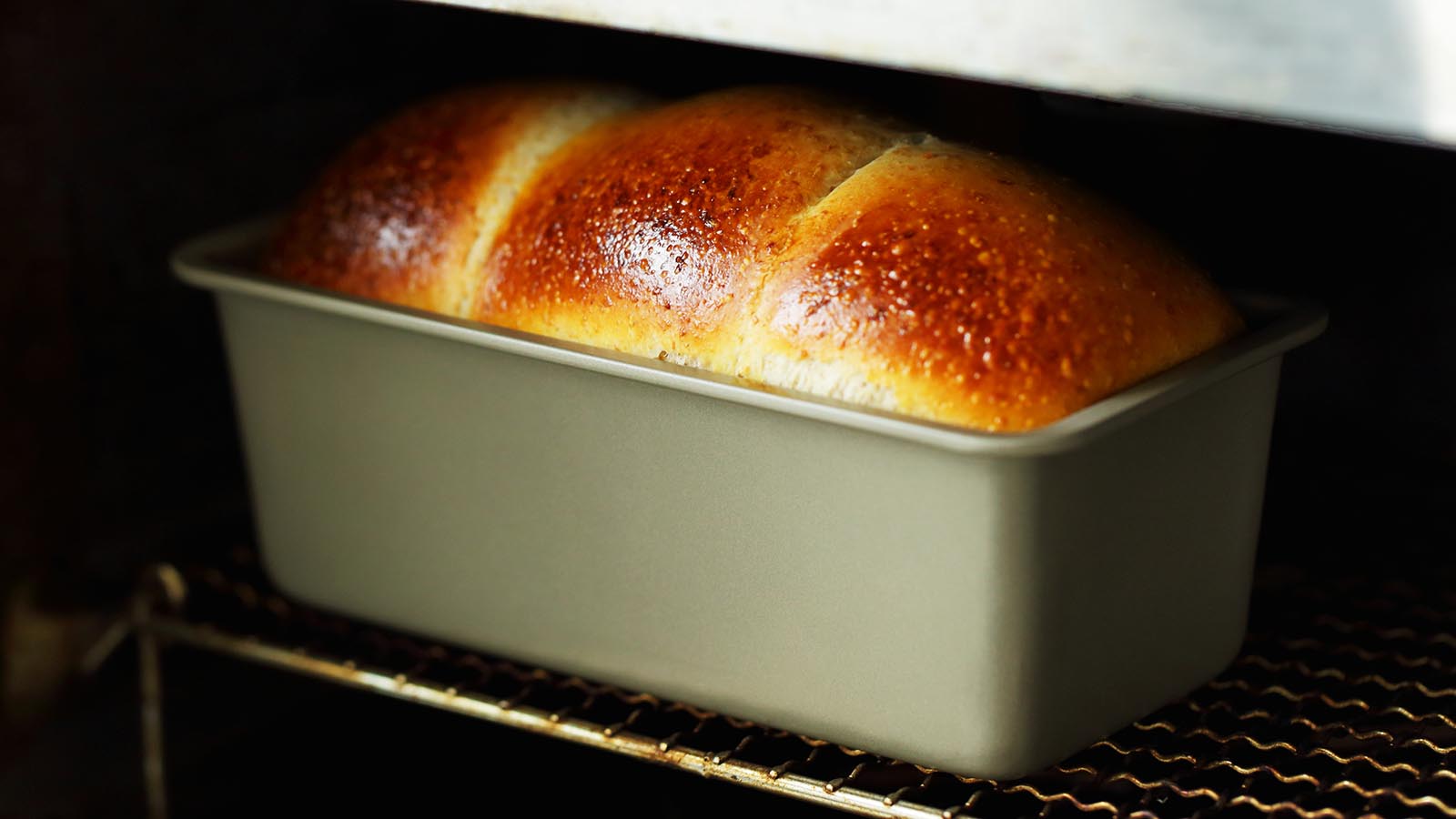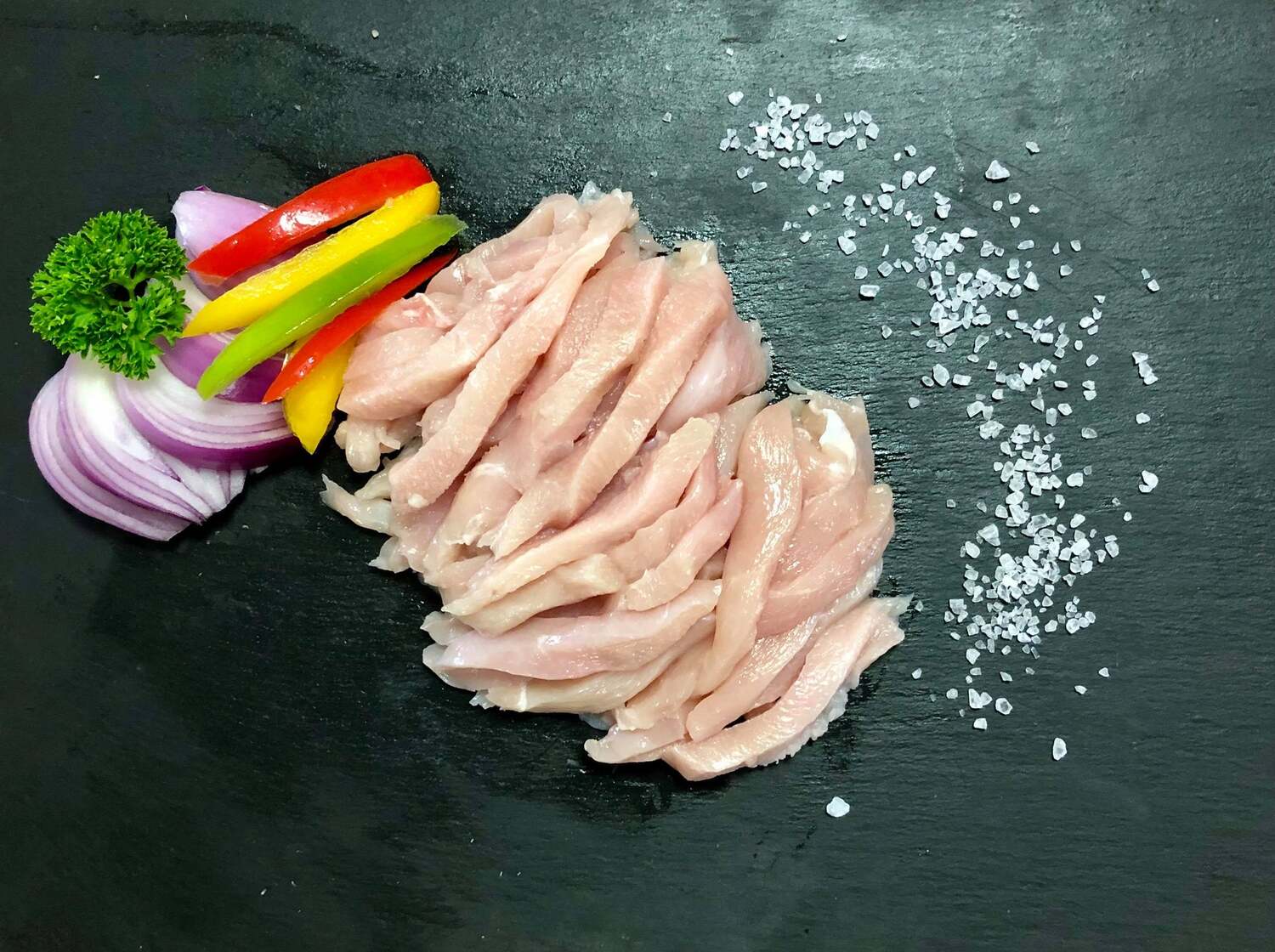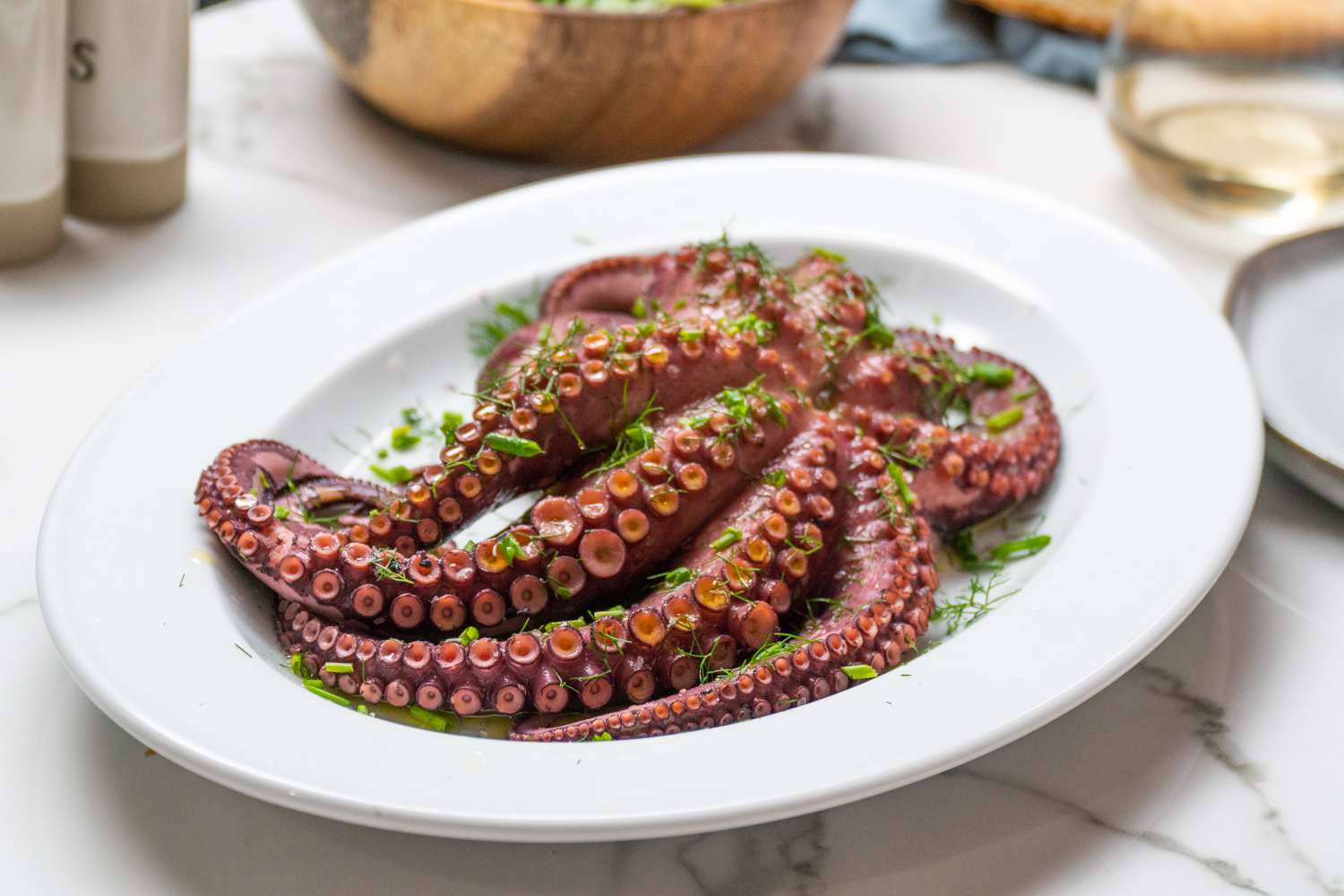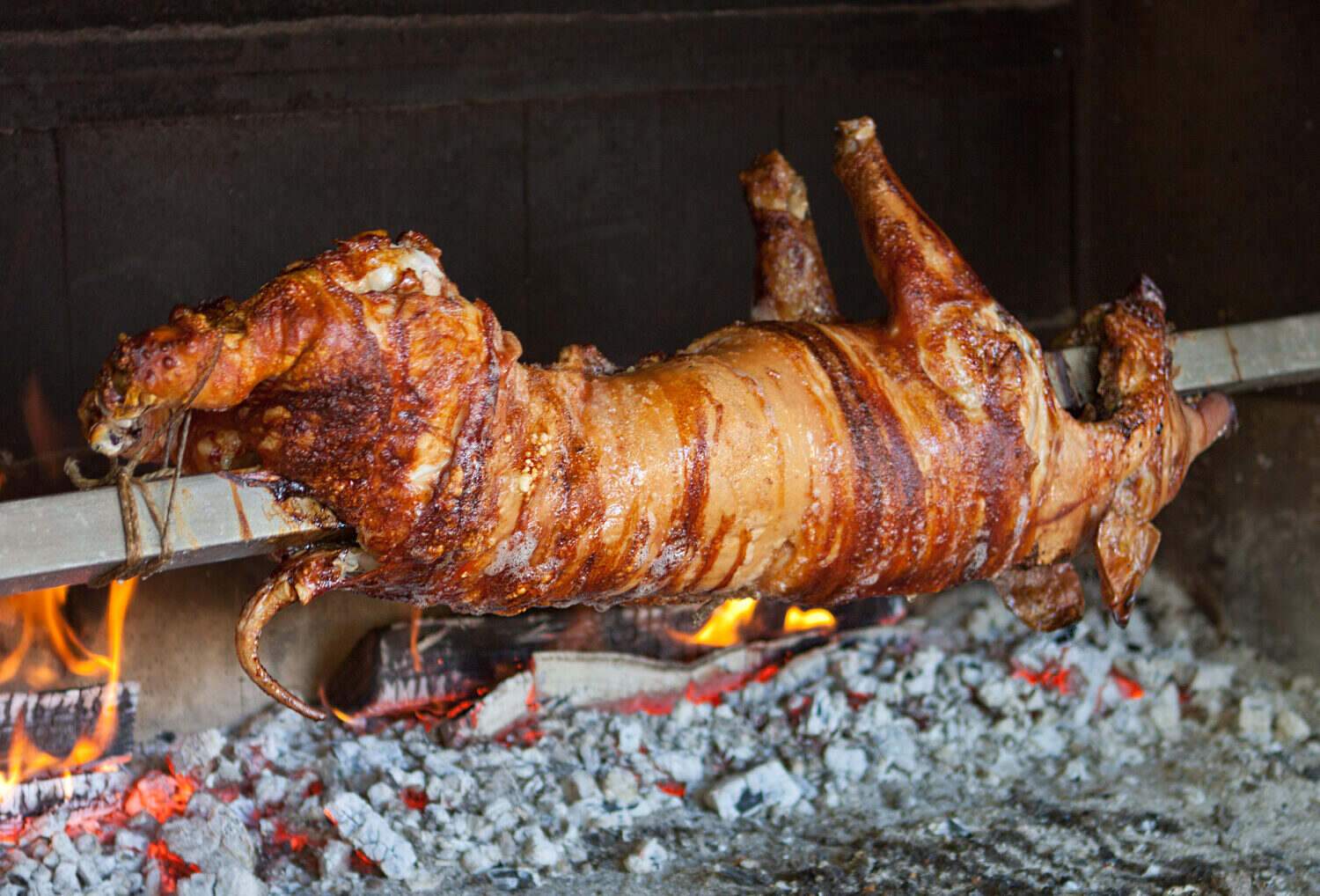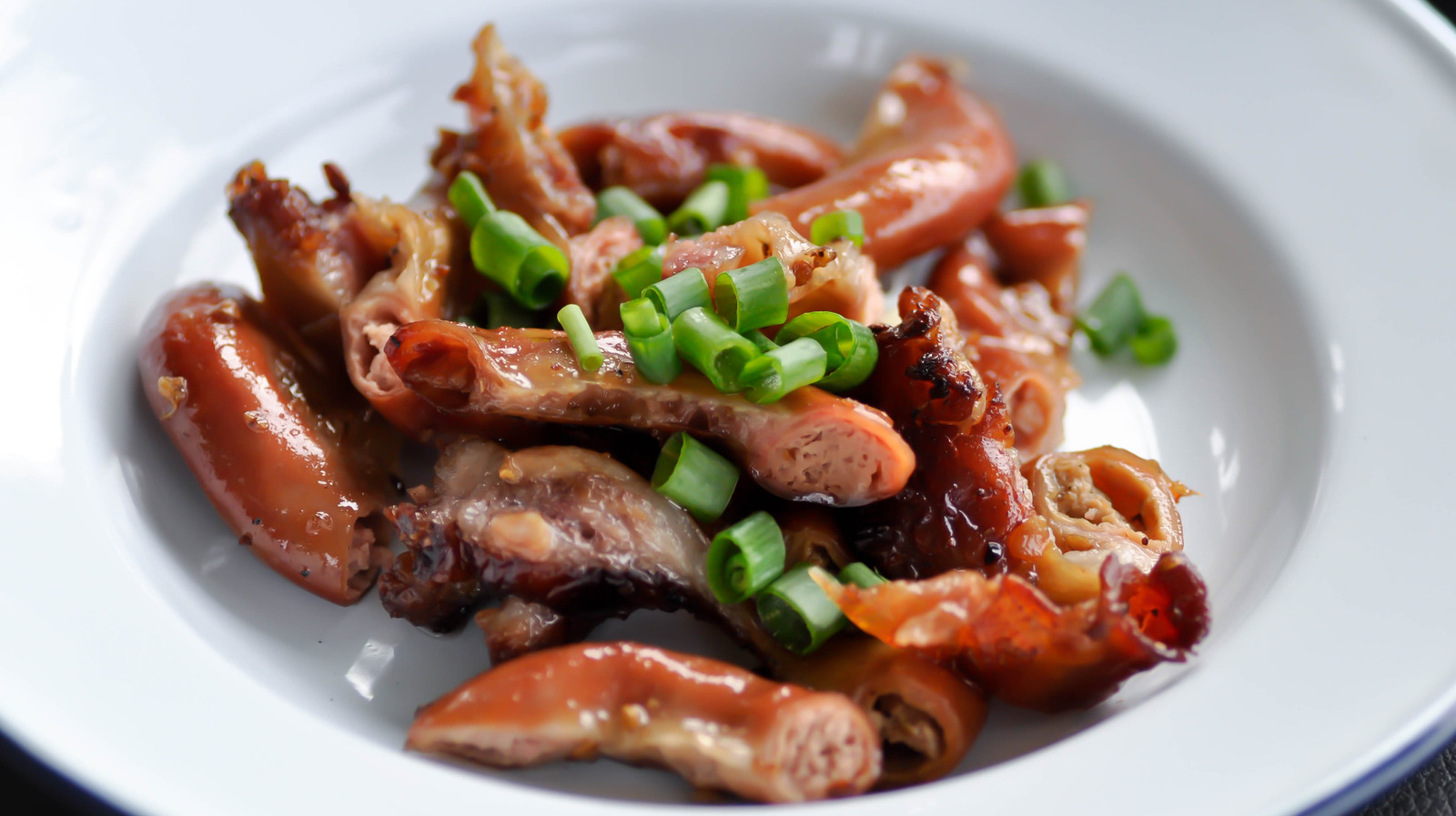How to Trim Pork Spareribs Into a St. Louis-Style Cut
If you’re a lover of pork spareribs, you may have heard of the famous St. Louis-Style Cut. This method of trimming the ribs adds a touch of perfection to your barbecue experience. Whether you’re a seasoned pitmaster or a cooking enthusiast, learning how to properly trim your pork spareribs into a St. Louis-style cut can take your grilling game to the next level. Follow our step-by-step guide below to achieve tender, flavorful ribs that will impress your guests.
1. Start with Full Pork Spareribs
Before you can master the St. Louis-style cut, you need to begin with a rack of full pork spareribs. These ribs are typically larger and meatier than baby back ribs, making them perfect for this style of trimming.
2. Remove the Membrane
The first step in creating the St. Louis-style cut is removing the tough membrane on the bone side of the rack. This membrane can prevent flavors from penetrating the meat and make it more difficult to achieve tender ribs. Gently slide a butter knife under the membrane to loosen it, then grab hold with a paper towel and peel it off in one swift motion.
3. Square off the Ends
The St. Louis-style cut is known for its rectangular shape. To achieve this, you’ll need to square off the ends of the rack. Use a sharp knife to cut about a half-inch off each end of the ribs. This will create evenly sized ribs and give them a clean, professional appearance.
4. Remove the Brisket Flap
Next, locate the brisket flap on the bone side of the rack. This is a thin, fatty piece of meat that extends beyond the bones. It’s important to trim off this flap to ensure even cooking and consistent tenderness throughout the rack. Simply cut along the bone, removing the flap and leaving only the meaty ribs.
5. Trim Excess Fat
While a little fat is necessary for flavor and moisture, excess fat can hinder the texture and overall taste of your ribs. Carefully trim any excessive fat from both sides of the rack. Removing this unwanted fat will enhance the meat’s natural flavors and promote better caramelization during cooking.
6. Optional: Save the Trimmed Pieces
If you don’t want to waste any part of the rack, you can save the trimmed pieces for other recipes. The brisket flap, in particular, can be used to make delicious bacon or added to stews and soups for extra flavor. Just make sure to properly store and refrigerate any leftover pieces until you’re ready to use them.
Now that you know how to trim your pork spareribs into a St. Louis-style cut, you’re ready to elevate your BBQ skills and impress your family and friends. The process may take a little extra time and effort, but the delicious, tender ribs that result will be well worth it. So fire up your grill, grab your favorite BBQ sauce, and get ready to savor the mouthwatering flavors of perfectly trimmed St. Louis-style pork spareribs!
Discover Delicious Recipes for St. Louis-Style Ribs
Now that you've mastered the art of trimming pork spareribs into a St. Louis-style cut, a plethora of tantalizing recipes awaits your culinary skills. For a classic barbecue experience, the Classic St. Louis-Style BBQ Ribs recipe is a must-try, offering a balance of smoky, sweet, and tangy flavors that highlight the meat's succulence. If you're in the mood for something more exotic, the Caribbean Jerk St. Louis Ribs infuse the tender pork with spicy, aromatic jerk seasoning, providing a burst of island flavor. Those preferring a sweet and savory blend might gravitate towards the St. Louis Ribs with Peach BBQ Sauce, where the fruitiness of peach melds beautifully with the richness of the ribs. Each recipe provides a unique way to utilize your newfound skill, transforming a simple cut of meat into a memorable meal.
Was this page helpful?
Read Next: How to Cut Celery
